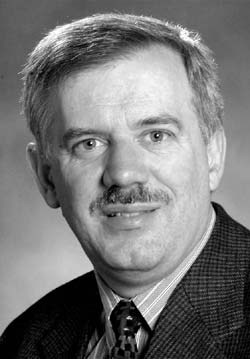
Dr. Mark A. Magnuson, assistant vice chancellor for Research, has accepted a new responsibility as associate director for shared resources in the Vanderbilt-Ingram Cancer Center.
Previously, oversight of Vanderbilt-Ingram’s shared resources fell to its associate director of basic science programs. Magnuson’s new role recognizes both the importance and anticipated growth of these interdisciplinary research facilities not only in the cancer center but also across the Medical Center as a whole.
Shared resources, sometimes referred to as “cores” or “core labs,” provide sophisticated and expensive technology and expertise that no single lab or small group of labs would be able to afford. Magnuson will oversee the shared resources that support the cancer center’s basic laboratory research.
“Vanderbilt is growing rapidly and the use of cores will continue to increase,” Magnuson said. “They are so fundamentally important to our research across disciplines. Each core is a unique creature, but there are similarities, too, so there should be a streamlined approach to how cores are developed and operated.”
He described cores as kind of “mom-and-pop businesses” within the institution, providing for-fee resources to investigators. Most are in need of improved business practices. There are several new shared resources that need to be developed, and several existing ones whose functions should be carefully rethought, Magnuson said.
Over the past decade, according to Magnuson, the cancer center has been “the driver” of shared resource development at Vanderbilt University Medical Center. “The cancer center has brought a broad vision to cores so that they are able to serve the cancer mission while at the same time be sensitive to the needs of the larger institution,” he said.
There are more than a dozen shared resources in place or under development in the cancer center. Those that support basic research include Animal Health and Welfare, Bioanalytics, Cell Imaging, DNA Sequencing, Molecular Recognition, Peptide Sequencing, Transgenic Mouse/Embryonic Stem Cell, Bioinformatics, DNA Microarray, Flow Cytometry, and Proteomics. “We are fortunate to have outstanding leaders for each of these shared resources,” Magnuson said.













